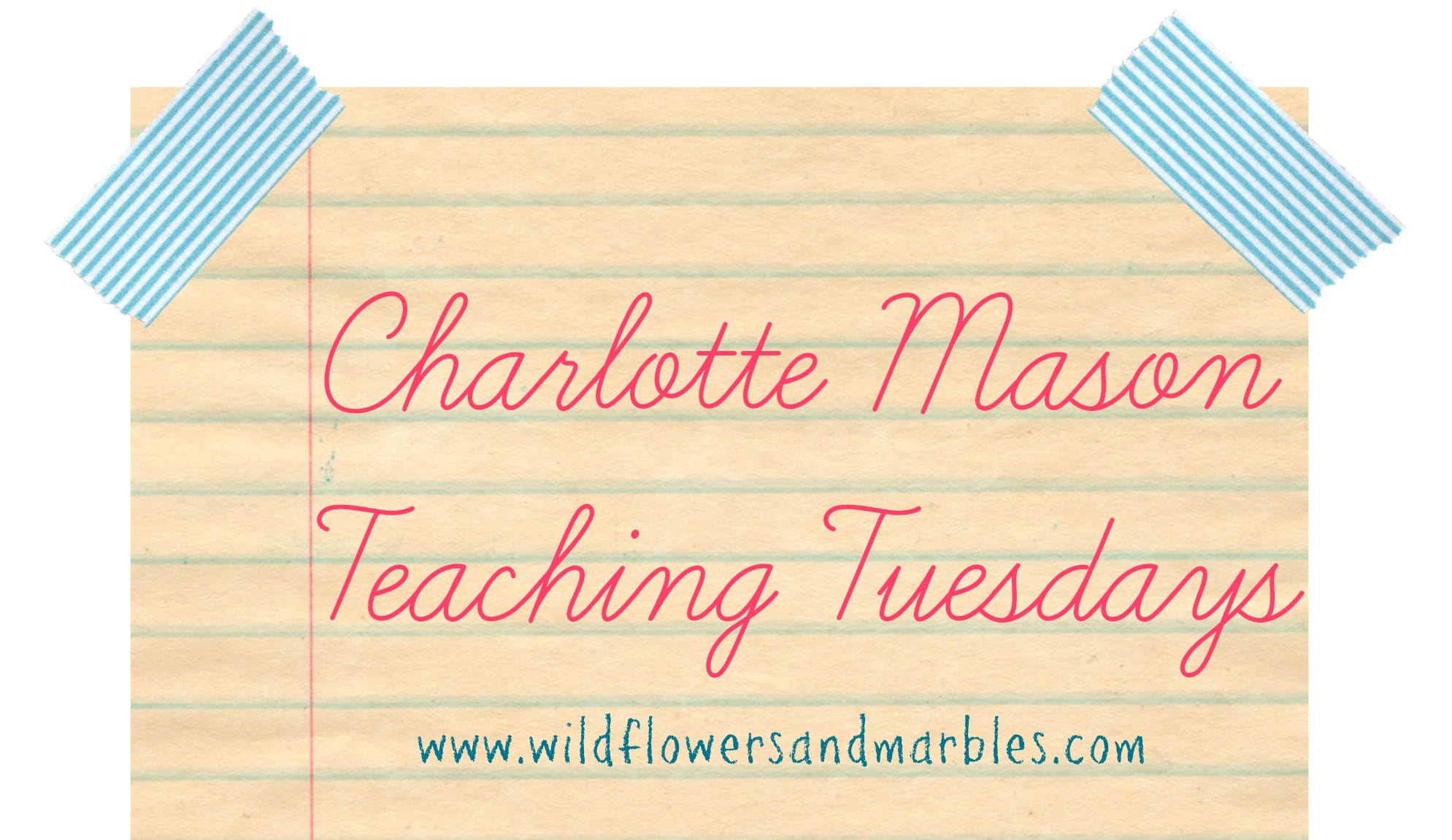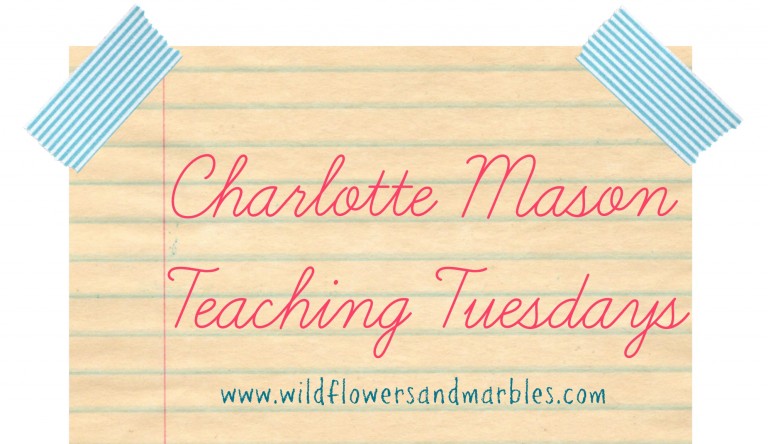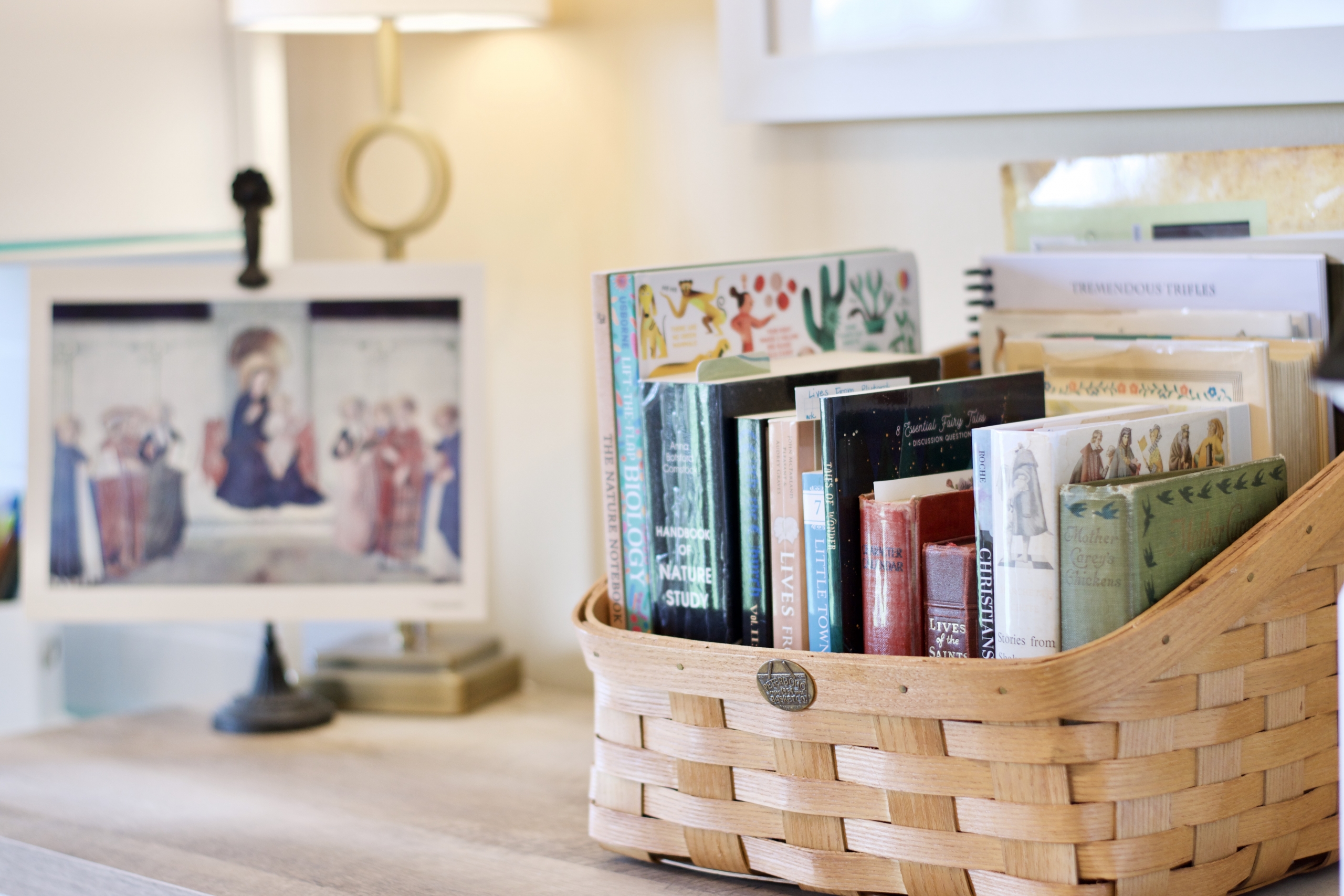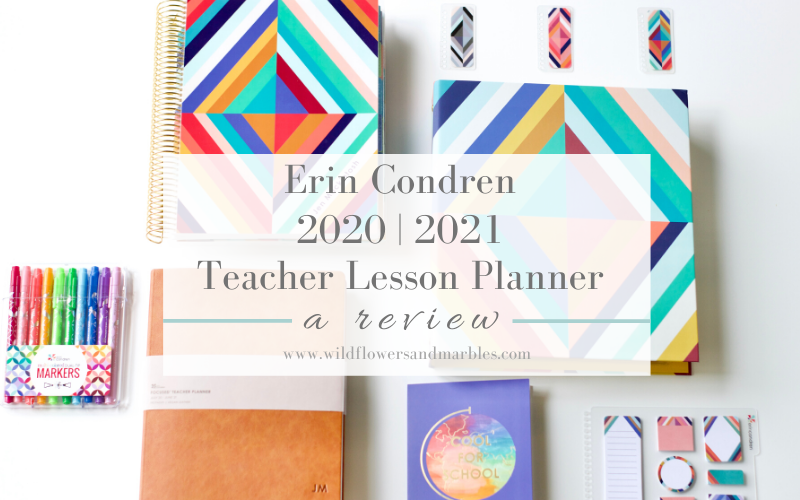Charlotte Mason Teaching Tuesday – the Common Pursuit of Knowledge

The teaching selection I chose for this week speaks to a key component of a Charlotte Mason education – Atmosphere – and an aid the teacher must make use of to ensure a fresh atmosphere. Our own current family circumstances allowed me an opportunity to reflect on atmosphere from a unique position that I’ve really come to appreciate.
From: Towards a Philosophy of Education, p. 97
School, perhaps, offers fewer opportunities for vitiating the atmosphere than does home life. But teaching may be so watered down and sweetened, teachers may be so suave and condescending, as to bring about a condition of intellectual feebleness and moral softness which it is not easy for a child to overcome. The bracing atmosphere of truth and sincerity should be perceived in every School; and here again the common pursuit of knowledge by teacher and class comes to our aid and creates a current of fresh air perceptible even to the chance visitor, who sees the glow of intellectual life and moral health on the faces of teachers and children alike.
As home educators, the atmosphere of our homes {versus a school} have more opportunity to be spoiled {vitiated}, says Miss Mason. I can think of a number of reasons this might happen. Perhaps an obvious opportunity for spoiling the atmosphere is in the challenge of accepting and living out our role as one in authority. A parent naturally wants to please, to soothe, to praise. Yet, these fine attributes are not always fitting within an atmosphere that must be bracing with truth and sincerity. In fact, Miss Mason instructs us, as teachers, that in failing to discharge our authority appropriately and instead communicating with condescension {authoritarianism} or with too much sweetness {an absence of authority} can set up “intellectual feebleness and moral softness” that a child may not be able to overcome. Allow yourself to think for a moment of the culture of “the entitled” we are now immersed in – an entire culture that insists that all…that anyone…should rightfully claim experiences and things…just because. In reflecting, I think you will be able to clearly see examples of intellectual feebleness and moral softness. There are times, in exercising authority, that we must insist on stretching a child toward their best, providing a child an opportunity to grow in discipline, allowing a child to experience failure and consequences, and allowing for honest words so that a child rightly develops his conscience and sense of objective right and wrong.
The Difference Between Atmosphere and Environment
Another culprit that threatens to spoil the atmosphere of a home can sometimes be understandably confused with the idea of “atmosphere”, so perhaps it’s good to bring it out and mark these as two very different ideas: environment is not atmosphere. It’s worth saying again – if you have been knocking yourself out, spinning your wheels and your budget consumed with focus in making your home or even a room you’ve set aside as a school room to look “just so”…just as you would envision an ideal school room to look – whether you’ve been focusing on a room, shelves, desks, bins, walls, educational materials, etc., etc. – then you have been focusing on the environment. The environment is quite simply your surroundings, it is where you live and breathe. It may consist of tools in your surroundings, too. So, if we think of environment as our surroundings where we live and breathe, then atmosphere is the very air we breathe within that space – it is what we live and breathe. Does that make sense? They’re two very different things.
- Are your children breathing in hospitality?
- Do the children perceive there is an invitation to learn…to know?
- Is there a sense of considered boundaries that form the backbone of discipline so that there is freedom to explore within an established framework?
- Is there a general sense of welcome when they ask questions?
- Is the atmosphere of your home permeated with your own sincere curiosity alongside their seeking after a thing?
- Does the atmosphere offer your own full attention to your children {engaged? present?} reciprocating the necessary habit of the child bringing his full attention as well?
- Does the atmosphere of your home encourage creativity?
- Is your atmosphere imbued with wonder?
Take away environment, and your surroundings, your space has changed, your tools may not be present, but your education can still live and breathe because a CM education is rooted in atmosphere – a tone and hospitality that welcomes knowledge and nurtures relationship with people and ideas. We, as teachers, set this tone and are responsible for exercising this hospitality toward our children that invites relationship.
Now, before you begin to wonder if you should eschew all educational tools and go minimalist, I think a word could be said on behalf of material tools in home education. Just as there is nothing wrong with accepting material possessions as a gift and blessing from God that we, as families, use as part of our vocation in raising our children, it is fitting that there might be some material blessings to steward within home education! But that part is key: we are stewards, caretakers, and these tools are used so long as they are a blessing, and not the focus. Material tools will not make or break an education {so don’t place more value in them than they are due} – look back a few hundred years and you can find families with one book, usually the family Bible, and nary a single tablet, tangram, puzzle map, nor math manipulative. We generally find virtue between the two extremes – so please allow for those material tools that build a lovely environment and work for your family; please don’t allow all of your heart and focus to pour into your home education environment. Your environment may need to shift and change through the years with your changing seasons and circumstances.
An example: I am currently in the process of completely dis-assembling our learning room. It is…no more. {We are moving forward with our remodeling plans that will involve this room opening up to our kitchen and forming a lovely, large and inviting dining space.} I’ve had to relocate our learning space and streamline, consolidating to a few small shelves {keeping out only those things that I consider essential along with next year’s books}. And you know what, the process has been delightfully challenging. I’ve actually really enjoyed it! I stared at my learning room, and then took a deep breath, and got started. I’m sure I’ll need to share more in a post all its own soon! The point is though – as challenging as I thought it was going to be to let go of our learning room space, it was actually very instructive to me. I easily identified those things I considered essential to be at my fingertips, I quickly distinguished between good-but-possible-to-live-without, and I ended up with a very small space that is set aside as a place for those things to live. And I discovered that in streamlining and moving things to a completely different place that the atmosphere didn’t change. My environment certainly has. Yet there is still an atmosphere of hospitality that invites knowing the good, true and beautiful. I still welcome creativity. I still invite seeking to know. It has been an excellent lesson for me in the value in atmosphere as a foundation that far exceeds the boundaries of an environment.
The Common Pursuit of Knowledge
Don’t you love those advertisements that assure you that a product or book will give you the 5 surprisingly simple steps to accomplish “x”? They intrigue me and appeal to my need to outline and often triage information so that I can apply it wherever it fits within my life. And if something is going to work it will have be realistic and simple. So, imagine for a moment that you’re reading the back of a book promising to deliver just such a simple outline for you:
Would you like to ensure an atmosphere that is as perceptible as fresh air within your home education? An atmosphere that even a random visitor could observe? Do you want to ensure that your children’s intellectual lives and their moral health are fortified? Read on for the one surprisingly simple and easy to apply step that Charlotte Mason gives to ensure an atmosphere that is fresh and bracingly sincere.
What is it, you ask? What is the simple and easy to apply step?? All we have to do is let go of the idea that as teacher, we must know all, provide and disseminate all the information and knowledge in our child’s entire education. I know – huge sigh of relief, right? So, the one surprisingly simple step that is easy to apply?
Learn alongside your children.
Isn’t that a gift in its simplicity? It allows us to be humble participants, seeking after education, while at the same time exercising our role of authority.
Miss Mason reassures us that {emphasis mine}:
…the common pursuit of knowledge by teacher and class comes to our aid and creates a current of fresh air…
Don’t know Latin? Learn it alongside. Intimidated by science? Read alongside. Did your own public school education afford you a disjointed and rather miniscule overview of history? Great! Your own education is about to take off!
A CM teacher must read, must continue to learn, ask questions, and continue to exercise creativity…alongside her children. Seeking after knowledge and exercising creativity are not compartments that are isolated from real life and therefore only found as tidy little orchestrated subjects within primary education; they are in fact, the breath, the atmosphere of a lifelong living education. Continue to learn alongside your children with a desire to know, a sincere curiosity seeking after truth, and a willingness to express yourself creatively – in common pursuit – and the atmosphere of your home will be one that looks toward the good, true and beautiful moving as a current of fresh air.







Another wonderful post! I’m curious to see how your new learning space turns out (and the kitchen/dining area too)! “Common pursuit of knowledge by teacher and class” can fill like a burden at times. It makes me feel like I need to do 100% of each child’s work with them . . . .. I know this is not what it meant though. I realize I need to read some of the books I assign, especially the ones I want to have a discussion about or expect a narration from. My kids narration become much better when they know I read the book and know the material! ; ) I will have to read your post again when I have some silence and can reflect on it some more. I’m still a little confused on this atmosphere thing. I understand the difference between environment and atmosphere, I’m just not very good at creating a good atmosphere.
I am just a smidgen behind on replying to comments. 🙂
Cassie, don’t allow yourself to feel that “common pursuit of knowledge” means you have to do 100% of their work alongside them! That would be a heavy burden indeed! It does mean that you can free yourself to learn alongside with the eyes of a child!
Atmosphere is definitely rooted in attitude – while environment is rooted in things. So, it can be more challenging to wrap your mind around. You’re not responsible for “creating” the atmosphere. That seems to imply that it all falls on your shoulders and it removes the personal responsibility others have in fostering an atmosphere of charity within the home. Having said that, as the mom and heart of the home, we do set the tone. We DO foster the atmosphere of our homes. What helps me so much is spending time in meditative prayer considering how Our Lady fostered the atmosphere of the home of the Holy Family. Knowing that she pondered much within her heart gives me a big clue right there – I’m to observe, be prayerful, and always point toward Our Lord. I’ll trade prayers with you on that front!
Jen, I need to finish reading this at my next break. Want you to know that I’m reading and that the distinction between environment and atmosphere is relevant to my family and my home as I type! So thank you very much for that. More later 🙂
Thank you, Angie! 🙂
Jen, this is really wonderful and I must thank you (again!) for sharing your thoughts with us. You have a true gift for writing.
I am looking forward to hearing and seeing more about your evolving Learning Room! I’ve always loved your learning space: will you still have a dedicated room?
Hi Ellie! Thanks so much for your kind words! We are sort of in a transitional space right now – which means that my 3 school age children have a shelf for their books to live on. And I’ve set aside shelf space for books and things that are used and enjoyed regularly. After our remodel, we HOPE to have a room which will function as a learning room space again – which is to say that books and things will again have a central location and place to live. It’s a room that, in design, has lots of beautiful windows, access to the out of doors, a lovely built in closet space for storage, and is still close to the living areas of my home. {I don’t like spaces that take me too far from kitchen, laundry spaces since I do a lot of my daily work in those spaces!} Well…I hope so anyway. I guess time will tell! I’ll keep you posted!
So you don’t need those bookshelves any longer, hmmm???
I was laughing my rear end off when I saw your post, Paula!! ACTUALLY….my husband and oldest son are in the process of relocating ALL of my wall mounted bookshelves to the landing at the top of our stairs. I’ll relocate the lion’s share of my books there and it will probably remain that way and function as our “landing library.” BUT…if we ever move them along…you have first dibs! 😉 Not that you need ’em – you’ve got GORGEOUS BOOKSHELVES as I recall!
This post has been exactly what I needed to read! Especially the last part. We are currently building and I am thinking about the atmosphere of the new home versus where I will ‘set up’ school. For me a big part of the atmosphere is being available to my children outside of ‘formal’ school and reading together and encouraging further learning about discoveries from outside or in books where they have found something new. Thank you for writing this.
Oh, I love your take on atmosphere, Lucy! You’ve got it nailed exactly! An attitude of availability and open-ness is such a lovely thought! Thank you for sharing!
. “A parent naturally wants to please, to soothe, to praise. Yet, these fine attributes are not always fitting within an atmosphere that must be bracing with truth and sincerity. In fact, Miss Mason instructs us, as teachers, that in failing to discharge our authority appropriately and instead communicating with condescension {authoritarianism} or with too much sweetness {an absence of authority} can set up “intellectual feebleness and moral softness” that a child may not be able to overcome.”
…that a child may not be able to overcome…. These are strong words! Oh, how our place of authority brings freedom to our children. Much to ponder in this passage…
“and here again the common pursuit of knowledge by teacher and class comes to our aid and creates a current of fresh air perceptible even to the chance visitor,”
“There are times, in exercising authority, that we must insist on stretching a child toward their best, providing a child an opportunity to grow in discipline,”
…and how WE grow in discipline as we follow through consistently. Blessing both the learner and the teacher/parent!
Thanks Jen for giving much to ponder. I am really enjoying focusing on small portions of CM’s writings. Thank you for your commentary and thoughtful questions.
Now, Your renovation! How exciting!!!!~and challenging I’m sure! I pray all goes smoothly and you are able to enjoy the process as well as the final results.
I have also dismantled a learning room (due to a move) and we are enjoying the freedom of not having everything surrounding us all the time. i am an introvert who loves people- I need lots of space and quiet between visits- Moving out of our learning room has given us great deep breaths between visits with dear friends (our well loved books and tools). Now, we are daily surrounded only by those things that are needed for this term and the rest lives in a place that we can visit often, but don’t see constantly. I’m not sure if that makes any sense but I was surprised how this move in environment breathed new life in our atmosphere!
~lisa
Thanks so much for your kind words, Lisa! You know, much like you, I’ve found that I REALLY enjoy the challenge of dismantling the ENVIRONMENT of the learning room {which, don’t get me wrong, I really, really enjoyed!}, and allowing that current of fresh air to move through our ATMOSPHERE! I’m always amazed and grateful at the gifts God allows us when we stretch outside of our comfort zones toward His will!
Hi Jen!
I am revisiting this conversation as I prepare the environment of our new learning room to support the atmosphere that encourages learning and living together.
~lisa
Love the distinction between ATMOSPHERE and ENVIRONMENT! I have found over that if I stop obsessing about the “environment” and focus on “atmosphere” first, then I am more prepared and more calm to do the “environment-things.” So, I always focus on a few similar questions regarding “atmosphere” first. Make a small resolution about it, then move on to “environment.” This keeps me from focusing on the “walls and such” 🙂 without considering the attitudes, creativity, wonder, desire, welcome, attention, boundaries, respect, etc.
Love the questions….GREAT questions. Since you have them so nicely bulleted, I think maybe I’ll use them as a framework to ask dh what he thinks. I mean, I “think” I know where we are strong and where we are lacking, but as kids get older, I’m finding he has a better sense about these things, actually….than when they were young. When they were little things weren’t so “round” and I saw all the flat surfaces, he didn’t.
And, yes, I LOVE learning alongside my kids. I especially love how it makes them proud (in a good way) and eager to search and wonder about things. If they are curious about XYZ and I don’t know….they take joy in discovering for themselves. This is ALL GOOD! I am LOVING becoming less and less significant as kids get older; it’s such a relief.
“It allows us to be humble participants, seeking after education, while at the same time exercising our role of authority.” —–> SO AMAZING! And, I think when kids are all young, you REALLY don’t see this. It’s all just overwhelming…..little ones, having to DO everything, etc. But, once they “take off” we do become “humble participants.”
Knew you’d love the bulleted list of questions! I do like thinking that way – in questions. It keeps me growing and stretching.
And, keep the QUESTIONS coming when you do these posts….they are so extremely helpful!
Great! More questions coming!
I love the distinction between atmosphere and environment. Atmosphere is more of a feeling,:and the environment can be structured in a way so as to support the atmosphere.
I love when I can learn alongside the children! I am planning to begin my own Book of Centuries this upcoming year and can’t wait! I do have difficulties with doing this this as much as I would like… how do you do it when you have a toddler? I feel like my 9 year old is leaving me in the dust with her learning, ha ha! It is hard to give focused attention to narrations and questions, let alone keep up with reading… she read the entire Narnia series in a week and I have only read the first book. I think I need everything in audio format to listen to while I make dinner! 😉
I know what you mean about keeping up with attention to narration and discussions – it is a perennial challenge to manage and prioritize. And hey – you’ve found one of my secret time weapons – meal prep! It is THE favorite narration time for my older kids!
Lovely post! I can’t wait to see your new learning space. I will also be re-thinking our learning space for the upcoming year.
Thanks, KAMiller! I confess – I can’t wait to see the new learning space either! 🙂
Hi Jen: I have been following your blog and trying to do other research on CM. So I have a question regarding something you may or may not know but since you are seasoned I thought I would shoot it out there. I love what I see of CM and I love the idea of environment and atmosphere and also the notebooks but how does CM teach failure? I mean I know she was brilliant so I know she does but I just don’t see it. I think people NEED to fail and fail by themselves when they are little. Thoughts?
Hi Heidi,
I saved your comment in my inbox and I’m catching up tonight…and on the off chance that you might read this response typed out 5 months after you asked the question…here are my thoughts:
Did Charlotte Mason teach failure? No, I don’t think she taught it. She embraced the child as an Image of God, expected best effort, encouraged the child toward that end and did her best to set them up for success through the only tools she embraced: education as life, atmosphere and discipline.
Now…did she allow for natural consequences? I certainly think so – not in a way that encouraged failure (because that would be a contradiction, I think, of her own philosophy), but certainly in a way that understood and accepted that a consequence/failure could propel a child/student forward. And that is, I think, what you mean when you say, “failure.”
All children fall – all of them. And I agree with you – it needs to happen. They need to see that their actions have consequences. I’ll give you a concrete example of a way I think you see this in a CM education, and that is in the practice of narration. When a child narrates, he hears/reads a selection once, and then tells back. Hopefully, he was attentive to his first reading and can tell back effectively. Or…he may not have paid attention to the reading. He may not have picked up on many details. CM doesn’t allow for the child to go back and review and review again – nope – the natural consequence is that he missed out. And that’s it. There’s no re-do. The consequence is that the child failed to be attentive and thus will not have the memory of that reading cemented in place. The realization of this really packs a punch in a group narration setting. But the brilliant thing about this is that there is no dwelling on it, no public flogging – it simply is what it is. The student has a fresh opportunity to begin again with the next reading and narration. So, while there is a consequence, I think Miss Mason intuitively sets the student up for success in that her philosophy always seeks to show what a child knows…rather than highlighting what he does not know.
Anyway, those are my thoughts. I certainly don’t see a CM education as one that coddles a child without allowing them to fail while painting every work as some milky-ethereal spiritual work of good. That’s nonsense and completely incongruous with a CM education. But I do love that as a philosophy, it is oriented toward best effort. When a child fails to give that, the natural consequence is beholding a thing/piece of work that is lacking what the child knows he could have given it. The lesson that CM teaches is in giving better effort the next time.
Thank you or such a thoughtful response. That was a while back when I asked you that and I had forgotten about it. I actually have started reading more about some of the things the Catholic Church would see in CM to be heresies so I am no longer even really interested in CM. However, I do still think your blog is very inspiring as you are a busy home-school mom getting stuff done. Thank you for your time 🙂
Hi Heidi. Thanks so much for your note!
I’m grateful to have a chance to respond! While I certainly respect your right to come to a different conclusion, I must explore and clarify this point of concern (Charlotte Mason as heretical for a Catholic) clearly for the benefit of anyone, Catholic or otherwise, that may read here.
As a Catholic who is faithful to the Magisterium of the Catholic Church, I take seriously any concern of heresy, particularly when a philosophy of education is concerned, and especially if it is a philosophy of education I subscribe to. I first look to the Church and find that She has not made a statement of any kind containing Charlotte Mason’s name or philosophy, not in any modernist literature nor any writing on education, whereas Holy Mother Church has communicated clear caution to Her children regarding use of the Waldorf philosophy, its origins in the harmful New Age movement, going as far as naming Waldorf’s founder, Rudolf Steiner, in Church documents (Jesus Christ, the Bearer of the Water of Life) as a philosopher with dangerous ideas. Without a direct statement from the Church on Miss Mason, I must apply logic informed by faith, and read carefully and prayerfully from Charlotte Mason herself, seeking to understand in light of the Church’s teachings.
I am aware of a small group that considers and proposes that CM is incompatible with the Catholic faith. I’ve read as many articles and accusations of this ilk as I could find, carefully and prayerfully considering every point while making use of my knowledge and understanding of Miss Mason through her own words/writing. After consideration, I can only conclude that all of the objections and accusations of heresy arise from a shallow, surface level understanding of Miss Mason’s philosophy and writings, or a misunderstanding entirely. There can be no logical dismissal of Charlotte Mason as incompatible with the Catholic faith nor can I arrive at the same conclusion of a danger of heretical ideas transferred via a CM education. All that can be rightly said is that Charlotte Mason was not, herself, Catholic. This does not exclude her body of work from consideration for a Catholic; it does however elicit caution and care so that all reading is done through the lens of our Catholic faith, a tool which should be employed in all reading.
I’ll offer a few points which speak directly to some specific accusations:
To use the logic that CM was unmarried, without her own children and therefore unqualified to share educational philosophies with any authority would also logically eliminate the likes of St. John Bosco, also unmarried, but intuitive and gifted in sharing educational ideas especially for boys.
To say that CM’s philosophy was grounded in reason to the exclusion of faith would be to willingly ignore an oft repeated theme that was never veiled nor implied in Miss Mason’s writing, but rather was emphasized and expressed most emphatically: that a child is an Image of God and that faith should inform the entirety of the curriculum. She would say clearly that, “Of the three sorts of knowledge proper to a child, the knowledge of God, of man, and of the universe,––the knowledge of God ranks first in importance, is indispensable…” (vol 6, Section 1, The Knowledge of God)
To dismiss (and misunderstand entirely) CM’s sincere recognition and awe of God manifested in His Creation (nature) would mean one would have to also dismiss the early Church Fathers who said that God speaks through His other great book: the book of nature – that we know God by observing His works in the natural world.
And finally, the idea that Miss Mason is a proponent of the heresy of Modernism is to completely and willfully misunderstand her writing and philosophy. Miss Mason never claimed to have discovered a new philosophy or method of education. Miss Mason was able to look at the big picture of education, and consider it within the context of her time. While she mentions many names in her writing (some are contemporaries such as Dewey and Froebel but she also mentions Plato, Plutarch, Erasmus, Comenius, Ruskin, Montessori just to name a few), a careful reading shows that she read widely and with discernment, for she does not always agree with contemporary ideas, but rather draws a golden thread through all her reading and work – a thread which has its roots in classical education. To emphasize – just because Miss Mason mentions a name in her writing does not imply endorsement.
At a time (Victorian period) when education was stilted and force fed in an attempt to educate the illiterate masses, Charlotte Mason saw within each child the Image of God, and communicated not a modernist educational philosophy of scientific worship, but rather, much as Plato and other worthy educators before her, she eschewed educational practices which did not value the child as a person made in the Image of God capable of knowing good and great things, and initiated a reform of educational practices which worked around the timeless, classical golden thread of educational philosophy.
It is my prayer that this clarification is useful, and while its intent is not to sway a reader in their use of CM or not, I pray it does inform with clarity and honesty that which I understand about Charlotte Mason.
Thank you for that response. It is so obvious how passionate you are about CM. I love it! I agree with many of your points especially about how some people may not understand CM and are too fast to form a opinion. You definitely have seen her work a lot closer than most individuals. I think for some people who are well researched and deeply knowledgeable about their faith, CM would work great. You clearly fit this category. You have unwavering knowledge of our church and you have that spidey sense to know if something is a little off. I just see a problem for average person who is not a expert; the first time homeschooling mom who maybe didn’t get that stellar of Catholic education to begin with. I think CM does have grey areas (let’s face it….almost everything has grey areas) which needs some exploring.Some people can work through those grey areas and come out pointing to the church but other people may end up being mislead by CM down a little different path.
I don’t know. You obviously know more than me on this topic (that’s why I asked your opinion). I am just out here trying to find my path. I really do appreciate your response. 🙂